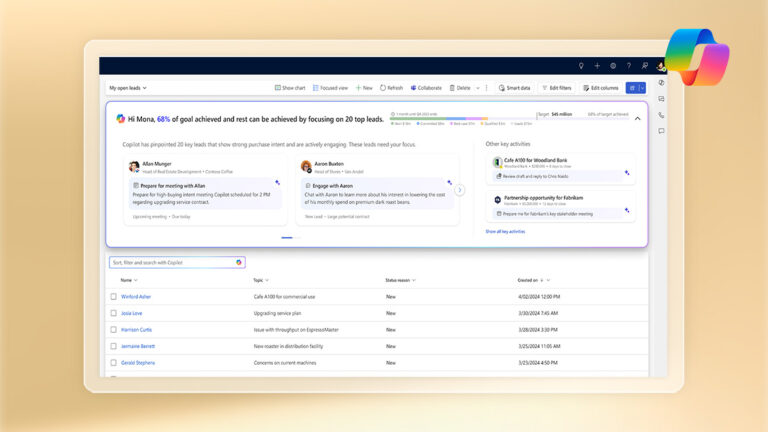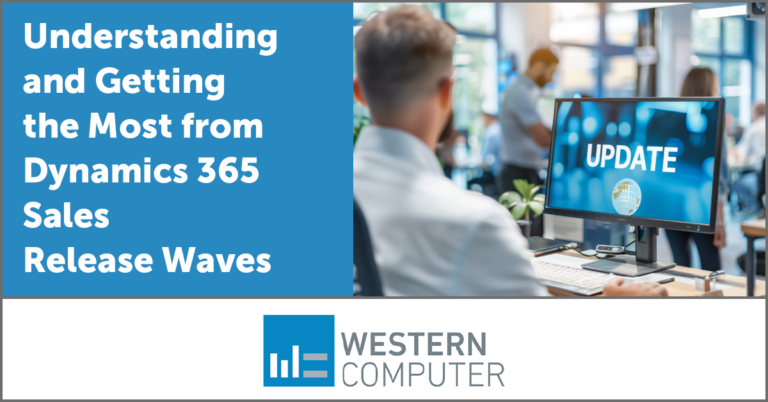Your customers expect convenience in every aspect of the shopping experience, especially the checkout process. They want easy ways to enter information and pay. They want instant calculation of shipping time and costs — especially in this era of cost savings. If it isn’t simple, fast, and safe, they will not hesitate to abandon a cart completely.
Commerce businesses need to make everything quick and easy on the front end while hundreds of complicated processes are whizzing away on the back end. It isn’t easy. Luckily, you can implement robust payment technology with just a few clicks, leading to effortless, flexible and secure checkout for customers. A solid payment strategy will allow you to target fraud with precision, gain efficiency through data and earn trust at scale.
When the ecommerce payment process takes too long or gets too confusing, customers abandon their carts and go elsewhere to shop. In fact, 17% of U.S. customers abandon carts due to complicated checkout processes, while 9% cite a lack of payment methods. Luckily, there are a variety of strategies for businesses to win back abandoned carts.
Read the Salesforce Shopping Index
We looked at online shopping data from 1 billion global shoppers.


Here are three ways to keep those carts active and give customers the checkout experience they expect:
1. Think of ecommerce and payments as one
While payment is often the last step in the customer journey, brands need to think about its role from the start. Payment is part of the journey. It affects the shopper’s experiences, your checkout conversion rates, and brand loyalty. It needs to be simple, accurate, and safe — every time.
Product and customer teams should also think about how to improve ecommerce payment interactions. Depending on your brand’s offerings, they might suggest things like mobile wallets, buy-now-pay-later, or revenue models like subscriptions.
Business users also need to have important metrics across commerce and payments, and generate reports and dashboards around them easily. For example, if abandoned cart metrics suddenly increase in a specific part of the world, commerce teams can investigate what’s going wrong during the checkout process and determine the right path forward.
Get commerce articles selected just for you, in your inbox
2. Adapt quickly to new ecommerce payment preferences
Ecommerce payment solutions are proliferating. For example, large purchases can be paid for in installments over time, and social media platforms are beginning to offer their own payment options (such as Douyin Pay on the Chinese sister app of TikTok). And there are alternative currencies to contend with, like Bitcoin.
Companies need to be agile and embrace digital solutions as payment preferences evolve. Make sure your commerce platform makes it easy to provide new payment types. As new payment options gain popularity, they need to integrate with the platform and quickly become operational.
When Smith Optics, a winter sports eyewear and helmet manufacturer, replaced its direct-to-consumer (D2C) infrastructure, it looked for a premium payment provider that could support ecommerce globally and integrate with various systems. It wanted systems accessible for non-technical users that could support innovation projects. It chose Salesforce Commerce Cloud for ecommerce and Stripe for payments. (The two companies have since formed a partnership that integrates with Salesforce Payments.)
Trending Articles

No One Understands Your Charts — Here’s How To Change That
5 min read

Want To Become a Better Leader? Give up Control
5 min read
3. Fight fraud with smart detection and prevention
As commerce goes increasingly digital, bad actors follow the money. Strong fraud detection and prevention are essential; they should accurately target nefarious activity without hampering legitimate purchases. The right balance builds customer loyalty and brand trust. False positives and expensive manual reviews frustrate customers, while not enough monitoring can damage a brand’s reputation or even take a site offline.
Machine learning goes a long way toward preventing fraud. Once new scams are detected, similar attempts are also flagged. The right payment solutions mine data to constantly improve their fraud detection and prevention.
For example, Smith Optics uses Salesforce Payments to create risk scores based on multiple attributes. It also adjusts thresholds as needed for transactions that should be reviewed or declined. Teams can also add new rules around verification failures or other specifics, such as when an IP address does not match the credit card address.
Give customers a great experience
With the right ecommerce payment solution, the customer journey doesn’t fall apart at check out. If finalizing the purchase is quick and easy — not to mention safe from fraud — the customer is left satisfied and eagerly anticipating delivery of the product. The purchase may be the final step of a customer’s journey with your company — make sure it’s a positive one.
Create hassle-free checkout experiences
Learn how secure and flexible payment options can impact your business.














